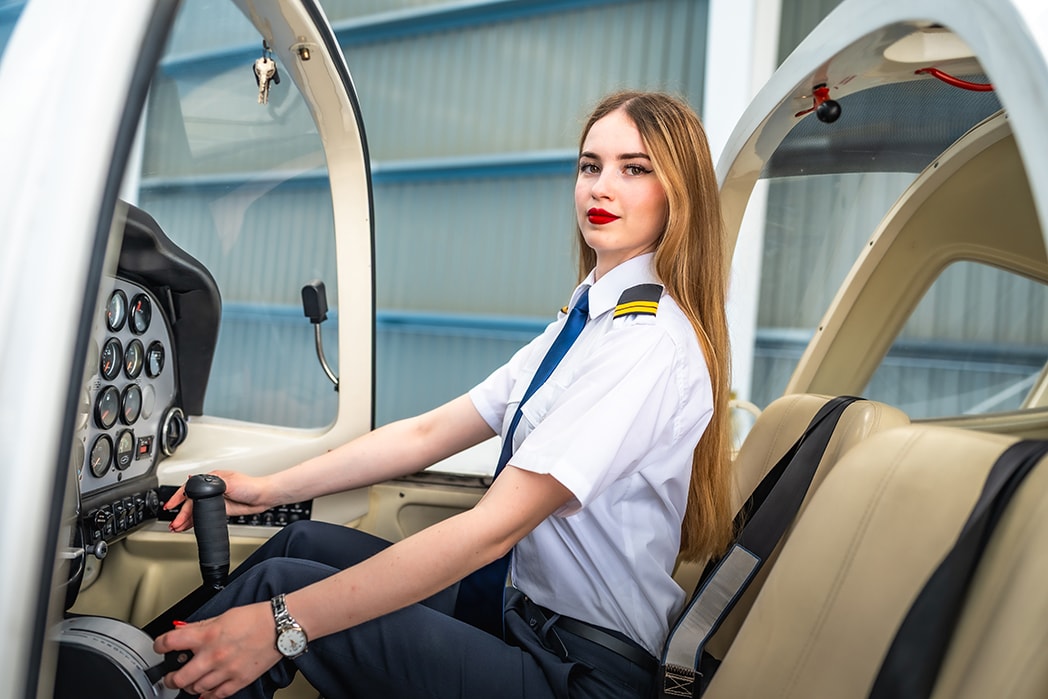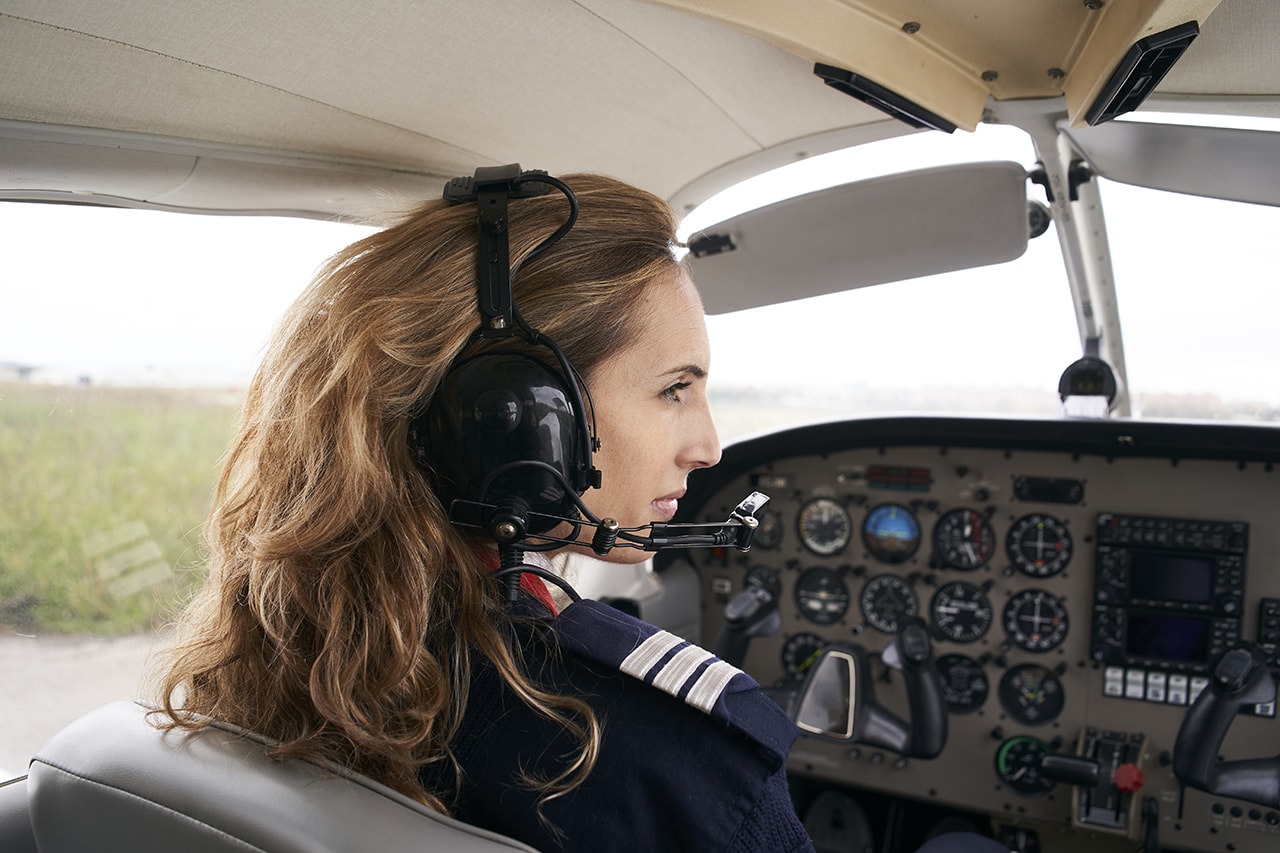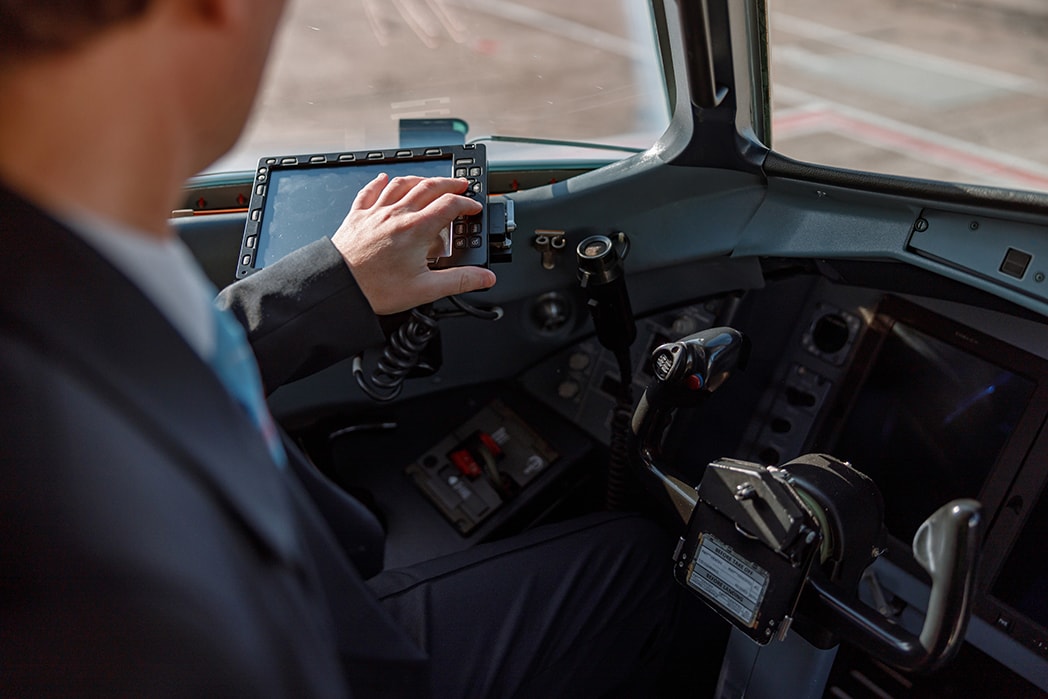Private Pilot Requirements Part 61: Your Essential Guide
Aug 19, 2025
Want to get your private pilot under Part 61? This article covers everything you need to know about private pilot requirements Part 61, from eligibility to flight hours and training components. Learn what it takes to get your private pilot certificate.
Key Takeaways
-
Part 61 covers all the requirements for a private pilot certificate, ground and flight training from certified instructors, to be ready for safe flight.
-
To get a private pilot license you must meet the eligibility requirements, hold a valid medical and complete 20 hours of flight training with an instructor.
-
As a private pilot you have privileges but also limitations, such as no flying for hire, so you must follow the rules.
Understanding Part 61 Private Pilot License Requirements
Part 61 of the FAA rules outlines the requirements for a private pilot license and is a flexible and comprehensive way to get your training.
These rules are set by the Federal Aviation Administration, which oversees pilot certification standards and flight time requirements.
This flexibility allows you to fit your training around your schedule and learning style making getting your private pilot license more attainable.
To get a private pilot certificate an applicant must complete both ground and flight training as prescribed by Part 61 and an approved private pilot course.
Ground and flight training from an authorized instructor and flight instructors ensures compliance with the regulations.
The specific requirements for training and certification will vary depending on the aircraft category, airplane, helicopter, glider, or other. Each category has its own training, flight experience and solo requirements that must be met for private pilot certification.
This combination of structured instruction and practical experience prepares future pilots with the knowledge and skills to fly safely and effectively including the flight training received in a flight training device.
Eligibility Criteria for Part 61 Private Pilot Certificate
Understanding the FAA’s eligibility criteria is crucial before starting your journey to become a private pilot.
Specific requirements must be met to qualify for a private pilot certificate, ensuring that only those who are physically and mentally prepared can undertake the responsibilities of flying.
A primary requirement is holding a valid medical certificate, which confirms the applicant’s good health and ability to handle the physical demands of piloting.
Applicants must also meet other FAA criteria, such as age and language proficiency, to be fully prepared for the challenges of flight training, including obtaining a class medical certificate.
Obtaining a student pilot certificate is also required before beginning solo flight training under Part 61.
For individuals seeking a less demanding medical requirement or training path, the sport pilot certificate can be an alternative entry point into recreational aviation.
Required Hours of Flight Training Under Part 61

Before you start your journey to become a private pilot, you need to understand the FAA’s eligibility criteria.
There are specific requirements that must be met to qualify for a private pilot certificate, including those for the airplane single engine rating, so only those who are physically and mentally prepared can take on the responsibilities of flying.
A primary requirement is to have a valid medical certificate which proves the applicant is in good health and can handle the physical demands of flying.
Applicants must also meet other FAA requirements such as age and language proficiency to be fully prepared for flight training, including getting a class medical certificate.
In addition you must log at least 40 hours of flight time in a single engine airplane for the airplane single engine rating, with flight consisting of specific hours of cross country, night and instrument training.
The cross country hours must include solo cross country time and at least one solo cross country flight must be a straight line distance of at least 50 nautical miles.
The solo cross country time must include landings to a full stop at airports with an operating control tower, with a stop with each landing and must also include flight in the traffic pattern.
Certain training flights such as instrument or night training must be completed within the last 2 calendar months or within the month of the test to be valid for the practical test.
Previous experience from a sport pilot rating may be credited toward the private pilot requirements if completed in the same category and class. Training completed at a training center certified under part 142 may also be credited toward the required hours.
Structured Flight Training Components
Part 61 flight training has several components, each building a pilot’s proficiency and confidence.
This structured approach includes dual instruction, solo flight training and cross-country flight training all working together to prepare pilots for flying challenges.
Flight schools may operate under Part 61 or Part 141, and this distinction affects the structure and requirements of the training program for aspiring pilots.
Ground training, covering theoretical knowledge, flight safety, emergency procedures and navigation skills is part of the training flight process.
This combination of practical and theoretical training gives pilots a rounded understanding of flight operations and regulations.
Flight simulators and full flight simulators can be used to meet certain training requirements under 14 CFR 61.109, with simulator time credited toward aeronautical experience when specific conditions regarding hours, aircraft type, and course certification are met.
Dual Instruction Requirements
Dual instruction where student pilots receive hands on experience under a certified flight instructor is critical. This phase requires at least 20 hours of dual instruction to build foundational flying skills and ensure safe aircraft operation.
During dual instruction, students practice specific maneuvers and scenarios to develop proficiency in various flight operations, including handling unusual flight attitudes, flight constant airspeed climbs, straight and level flight, and level flight, which are critical for safe flying especially when using unusual flight attitudes radio.
As part of instrument flight training, students must demonstrate the ability to control and maneuver an airplane solely by reference to instruments.
Proficiency in instrument flight includes mastering straight and level flight and other maneuvers without outside visual references.
Understanding and utilizing radar services is also an important part of advanced instrument flight training, enhancing navigation and situational awareness during IFR operations.
Getting a helicopter class rating is also important for pilots wanting to improve their skills.
Solo Flight Training

Solo flight training is a big milestone in your journey to becoming a private pilot. Here’s what you need to know:
-
You need your instructors endorsement to fly solo.
-
You need at least 10 hours of solo flight time.
-
Solo flight time helps you build confidence and independence.
Solo training includes specific cross country and night flight training to make sure you get the full experience.
You need to log at least 5 hours of night flying, including a solo cross-country flight of over 100 nautical miles and 10 hours of flight time, so you can be prepared for all sorts of flight conditions and be more proficient in flying including situations that require a landing involving a flight in unfamiliar or low-visibility environments.
Cross Country Flight Training
Cross country flight training is important, it’s all about long distance navigation and flight management. One of the requirements is to complete one cross country flight solo of at least 50 nautical miles from the departure airport.
This will help you develop your navigation skills and manage flight variables like wind correction, radio communications and traffic control during cross country flights.
These training flights will make sure you can fly longer distances, handle different flight conditions and demonstrate cross country navigation during the flight test, including flight attitudes, radio communications, and identifying appropriate takeoff and landing locations based on weather and airspace considerations.
Ground Training and Exams
Ground training is the foundation of a pilot’s education, it’s where you learn the theory of safe flight. This includes ground school, simulator training and real flight lessons at flight school, guiding you through your training journey. Many students use a Private Pilot Kit to organize essential study materials and tools needed for this phase of training.
Ground training covers many topics, from flight operations and navigation to emergency procedures and regulations. This is the foundation of understanding flight dynamics and preparing for the FAA written exam.
Ground School Curriculum
The ground school curriculum gives you the knowledge you need for safe and effective flight. Topics include:
-
Air traffic control procedures
-
Aircraft systems
-
Flight planning
-
Emergency procedures
These topics are the building blocks for practical flying skills and prepare you for all sorts of flight scenarios.
Ground school also covers aerodynamics, weather interpretation and navigation, which is key to understanding flight and making good decisions during flight.
FAA Written Exam
Passing the FAA written exam is required to get a private pilot license. This exam tests aeronautical knowledge, aviation regulations, safety procedures and operational procedures to ensure pilots have the knowledge to fly safely.
The FAA written exam covers important aviation topics and must be passed before the practical test. This ensures you are well versed in the theoretical part of flying for safe and effective flight operations.
Final Steps: Practical Test (Check Ride)

The practical test, also known as the check ride, is the last step to get a private pilot certificate.
This test evaluates proficiency in various flight maneuvers and ability to handle different scenarios. Ground training provides the understanding of flight operations and safety protocols beforehand.
Preparing for the check ride involves thorough practice sessions and understanding the importance of it in completing the private pilot certification.
Preparing for the Check Ride
Preparing for the check ride is a big part of a pilot’s training. You should practice with a certified flight instructor, refine your maneuvers and address any skill deficiencies.
Using a flight simulator can also help you practice maneuvers and scenarios in a controlled environment.
Relaxation techniques can help you perform better during the check ride, a calm mind helps you recall the information and execute the maneuvers accurately.
Conducting the Practical Test
During the practical test you will be asked to perform the maneuvers you learned during your training in the areas of operation listed. You will be expected to demonstrate basic flight maneuvers, emergency procedures and ability to fly in different conditions during the practical test.
This is the final step of your training.
Post-Certification Privileges and Limitations
Once you have your private pilot certificate you can fly passengers and fly at night. But there are limitations to ensure you fly within safe and regulated boundaries.
These privileges and limitations keep flight safe and regulated so you can enjoy flying while following the rules.
Private Pilot Privileges
Private pilot certificate holders can:
-
Fly for personal pleasure
-
Share expenses with passengers
-
Participate in search and location operations and be reimbursed for operational costs incurred during these missions, including those related to a recreational pilot certificate.
Private pilots can be pilot in command for charitable flights under certain regulations and get to fly for their community while enjoying private pilot privileges.
Limitations of a Private Pilot Certificate
Despite the privileges, private pilots face certain limitations:
-
They cannot fly for compensation or hire, except as provided for limited exceptions.
-
They are prohibited from carrying passengers for compensation.
-
They can be reimbursed for certain operating expenses.
These limitations keep private pilots safe and within the regulations so flight operations and safety standards are maintained.
Maintaining Your Private Pilot License
Keeping your private pilot license current is important for safety and FAA compliance. Pilots must fly regularly and meet specific currency requirements to keep their licenses active.
Flying and continuous learning is key to staying proficient and up to date with the latest rules and best practices.
Currency Requirements
To keep your private pilot license current, you must meet the following currency requirements:
-
Every 24 months, you must have a flight review.
-
The flight review includes ground instruction and flying checks.
-
This review keeps you proficient in your flying skills.
-
It also keeps you up to date with current rules and best practices.
Besides the flight review, you must log 3 takeoffs and landings within a certain time frame to be current for passengers. A current medical is also required to fly an aircraft, so make sure to get a regular health check to stay safe.
FAA written exam results are good for 24 months, after which you must take another exam if you haven’t completed the practical test.
Continuing Education and Advanced Ratings
Continuing education and getting advanced ratings is key for private pilots to improve skills and expand flying abilities.
Get the FAA written exam out of the way early in training and you’ll solidify the basics and make subsequent flight training more effective. Pilots should do a biennial flight review every 2 years to stay current.
Having a valid FAA medical is required to exercise flying privileges for private pilots. Getting advanced ratings like the instrument rating or the multiengine rating, such as the airplane multiengine rating, will open up new opportunities and allow you to fly in different conditions and aircraft.
For those looking to take the next step toward a professional flying career, it’s important to understand part 61 commercial pilot requirements, which outline the training, experience, and testing standards needed to become a commercial pilot.
The airplane multiengine rating requires additional training and flight experience in multiengine aircraft, including specific maneuvers and areas of operation to qualify for this certification.

Summary
In short, getting a private pilot under part 61 is a comprehensive and flexible way to train. This involves meeting the eligibility requirements, completing the flight and ground training hours, passing the FAA written exam and the practical test. Each step is designed to make sure you’re ready for the responsibilities of flying.
Getting your private pilot certificate opens up the world and privileges while also has limitations to keep you safe and compliant.
Continuous learning and staying current is key to being proficient and enjoying your flying. So go for it, the skies are waiting for you.
